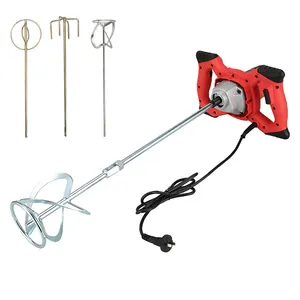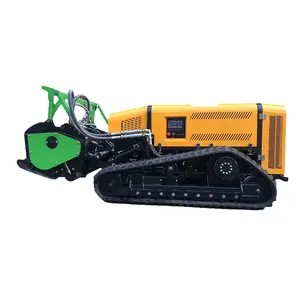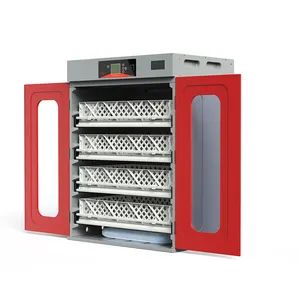Popular in your industry



































































Related Searches:




































































































































Top categories
About air conditioner condenser unit
The ac unit and condenser is a crucial component of an air conditioning system. The condenser unit is responsible for releasing heat absorbed by the refrigerant during the cooling process. This two-part system is typically located outside the building or home, allowing it to dissipate heat efficiently. The air con condenser consists of the condenser coil, compressor, fan, and various other components that work together to facilitate the heat exchange process.
Types of air conditioner condenser units
The most common types of air conditioner and condenser units are the split air conditioner condenser and the packaged air conditioner condenser. In the split air conditioner condenser, the condenser and compressor are housed in a single unit, while the evaporator is located separately, usually indoors. This configuration is ideal for applications where quiet operation is essential. The packaged air conditioner condenser houses all components, including the condenser, compressor, and evaporator, in a single unit. This design is typically used in commercial settings or for residential applications where space constraints make it impractical to have components located separately.
Installation process and considerations for air conditioner condenser units
When installing an ac unit coil, it is essential to follow the manufacturer's guidelines and hire a professional HVAC technician to ensure proper installation. The first step in the installation process is to select an appropriate location for the condenser unit. It should be placed in an open area with good airflow and away from obstructions that could impede heat dissipation. Next, the unit should be mounted on a stable and level surface to prevent vibrations during operation.
After mounting the unit, the technician will proceed to connect the refrigerant lines, electrical wiring, and condensate drain. Proper insulation of the refrigerant lines is crucial to prevent energy loss and ensure efficient cooling. The electrical wiring should be done according to local building codes and manufacturer specifications to guarantee safe operation. Additionally, the condensate drain should be installed to remove excess moisture from the air conditioning system.
Before the condenser in an air conditioner is ready for operation, a thorough inspection and testing process should be conducted. This includes checking for refrigerant leaks, verifying electrical connections, and ensuring all components are functioning correctly. Once the installation is complete, regular maintenance of the condenser unit is essential to maximize its lifespan and ensure optimal performance. This includes cleaning the condenser coil, inspecting for any damage, and replacing air filters regularly.
Advantages of air conditioner condenser units
The air conditioner condenser unit offers several advantages, including energy efficiency, reliable performance, and space-saving design. The condenser coil, the central component of the condenser unit, plays a crucial role in the heat exchange process. It is responsible for dissipating heat from the refrigerant, allowing it to cool and circulate back into the air conditioning system. This efficient heat transfer process helps reduce energy consumption and lower overall cooling costs.
Additionally, the 3-ton air conditioner and condenser is known for its reliable performance and durability. Built with high-quality materials and designed to withstand various weather conditions, the air conditioner condenser unit is engineered to provide consistent cooling even in demanding environments. Its robust construction and advanced features make it a dependable choice for residential, commercial, and industrial applications.
Furthermore, the air conditioner condenser unit's space-saving design is another notable advantage. By housing all critical components, including the condenser coil, compressor, and fan, in a single unit, the system is more compact and requires less installation space. This feature makes it an ideal choice for buildings with limited outdoor space or where aesthetics play a significant role in the overall design.


























































